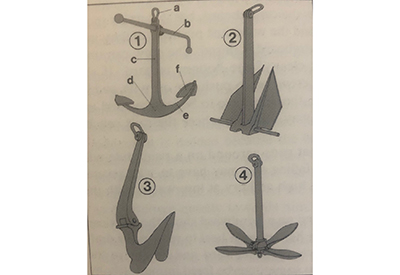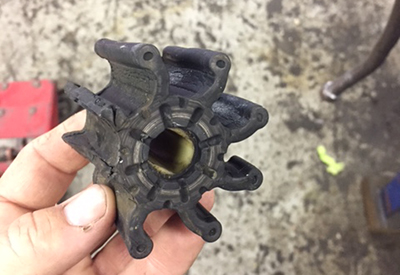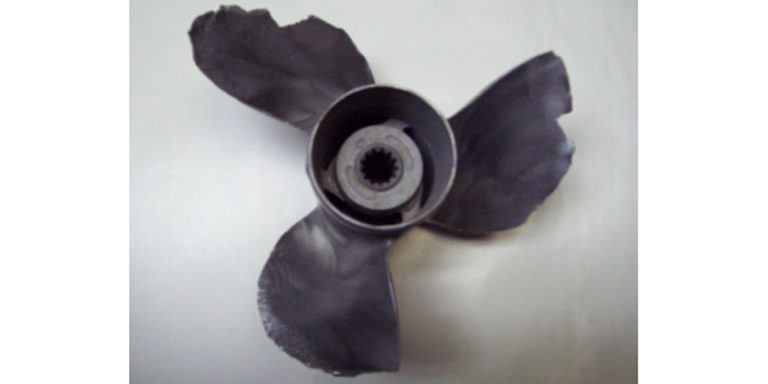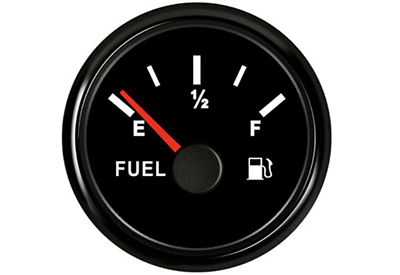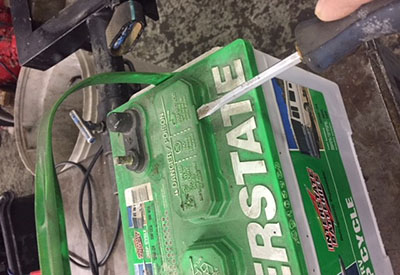Ask Andrew: water connections and new solutions
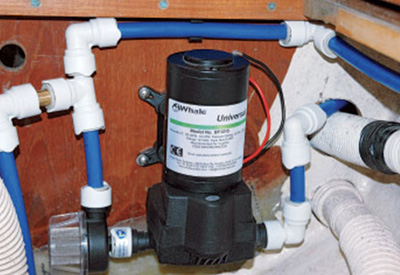
June
PEX tubing with Sharkbite connections
As boats increase in size, complexity and arrangements, the systems requiring water onboard also increase. Modern boats have pumps, pressure systems, ballast systems, showers, air conditioners, water-cooled refrigeration, washdown pumps, faucets, heaters, and all of through-hulls, tanks, lines and connections necessary to support them.
A 30 foot boat might have 80 feet of water lines and 20+ connections. That same 30 foot boat might carry 30 gallons (114L) of water
When planning, installing, repairing and maintaining these systems, there is always a balance between having solid pressure (requiring tight connections with no leaks), and having the ability to disassemble and maintain the systems regularly, as required. In Canada, this is most often noticed during winterizing operations in the fall (the water must be drained from the tanks, pumps, lines and connections to prevent freezing and cracking).
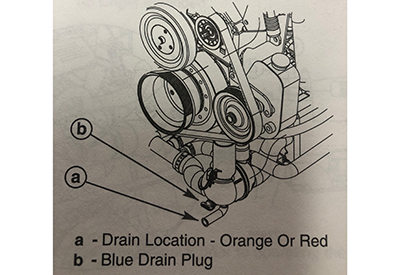 The evolution of these systems has been slow. Some of the earliest potable water lines and connections are found regularly on boats in use today: A clear reinforced PVC hose with tracer lines in blue or red, indicating hot or cold water. These hoses are cut to the appropriate length and secured to plastic or brass hose barbs and secured with a hose clamp. Easy to install, inexpensive and widely available; but notorious for leaks at the connections (even when tightened well, the hose moulds itself to the barb and tends to break when removed and reconnected). Some brands aren’t recommended for use below the waterline, and others shouldn’t be exposed to UV. Replacement every few years is necessary, due to the build-up of slime and gunk in the lines.
The evolution of these systems has been slow. Some of the earliest potable water lines and connections are found regularly on boats in use today: A clear reinforced PVC hose with tracer lines in blue or red, indicating hot or cold water. These hoses are cut to the appropriate length and secured to plastic or brass hose barbs and secured with a hose clamp. Easy to install, inexpensive and widely available; but notorious for leaks at the connections (even when tightened well, the hose moulds itself to the barb and tends to break when removed and reconnected). Some brands aren’t recommended for use below the waterline, and others shouldn’t be exposed to UV. Replacement every few years is necessary, due to the build-up of slime and gunk in the lines.
Because of some of these problems, boaters have been turning to PEX tubing with either threaded or Sharkbite connections (coloured in gray, red or blue), in more recent years. These systems are leak and burst proof (from pressure, not from freezing), and are easy to install. More expensive than clear PVC hose, they tend to have a longer service life.
It’s easy to use the threaded or Sharkbite fittings to create a neat, well-organized system – but it need to be an all or nothing approach: It’s hard to adapt PEX and Sharkbite connections with an existing PVC system. PEX tubing bends and turns through angles, and the tubing can twist in the connections, preventing kinking. The main downside that I note most often is the difficulty of removal and disconnection during winterizing – Plastic threads tend to strip (posing problems in the spring), and sharkbite connections are tough to easily remove in the cold.
New tech
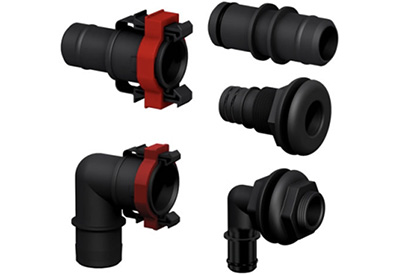 Qwik-Lok connections
Qwik-Lok connections
I’ve been hoping to find a system that eliminates some of these problems, and retains the advantages of these two systems that are widely in use. I recently learned about the Qwik-Lok system developed by Flow-Rite Controls Ltd (www.flow-rite.com). They’ve created a tubing that is designed to be kink-free, won’t attract mildew and gunk, wont break down over time, and is sized to match with common marine sizes in use (3/4”, 1 1/8” and 1 ½”).
Connections are simple and secure – A lock ring slides between open and locked positions, and o-ring sealed barbs are easy to fit and disconnect.
Flow-Rite’s patented 3-point T-connections allow tubing to rotate 360 degrees, preventing kinking and allowing easy design and layout.
The system is designed with fittings that will allow it to be married up with existing PVC hose or PEX tubing – so if a partial upgrade is required, it’s easy to integrate. Standard barbed fittings can be eliminated, and tools aren’t needed to install or to adapt/disconnect. This makes maintenance and winterizing a cinch.
I bench tested a system at home using a simple marine tank, water pump and fittings. I was able to put together a system quickly, with no tools. The pump pressurized the system to 40PSI (using a 5 gallon-per-minute pump), with good flow and no leaks. Disassembly was just as easy. I reassembled, tested, disconnected a number of times with the same results.
Factory installation
More recently, I’ve seen the Qwik-Lok system pre-installed on Glastron brand boats with ballast bladders. In this factory installed set-up, a pump draws seawater via a midship through-hull , diverting the water via a Y-valve into three ballast bladders (one midship, and one on each side (port and starboard) aft. The multiple connections and fittings as well as ten feet of articulated hoses are all Qwik-Lock. During a recent test and repair of a ballast bag, I was able to disassemble and reassemble every component from the through-hull, to the pump and to the bladder without any tools. When reassembled, I was able to re-pressurize the bladder bag with no leaks. A similar system using PVC hoses and hose clamps would have taken twice as long to service, and a number of tools to complete the job.
Quik-Lok components are available through distributors worldwide, and direct from Flow-Rite Controls. They can also be found on Amazon (and have a number of 5-Star reviews).
Based on my experiences so far, I believe that Qwik-Lok fittings offer all of the advantages of common marine potable systems currently available, but with none of the disadvantages. Flow-Rite Controls isn’t currently marketing their products for potable water systems, but I believe that they can be adapted well to any areas where fresh or salt water is used aboard.
I look forward to seeing more full system upgrades, and DIY projects using Quik-Lok fittings.
 Andrew McDonald is the owner of Lakeside Marine Services – a boat repair/maintenance firm based in Toronto. Andrew has worked in the marine industry for 12 years and is a graduate of the Georgian College ‘Mechanical Techniques – Marine Engine Mechanic’ program.
Andrew McDonald is the owner of Lakeside Marine Services – a boat repair/maintenance firm based in Toronto. Andrew has worked in the marine industry for 12 years and is a graduate of the Georgian College ‘Mechanical Techniques – Marine Engine Mechanic’ program.
Questions or comments for Andrew? Email him directly via: askandrew@lakesidemarineservices.ca

